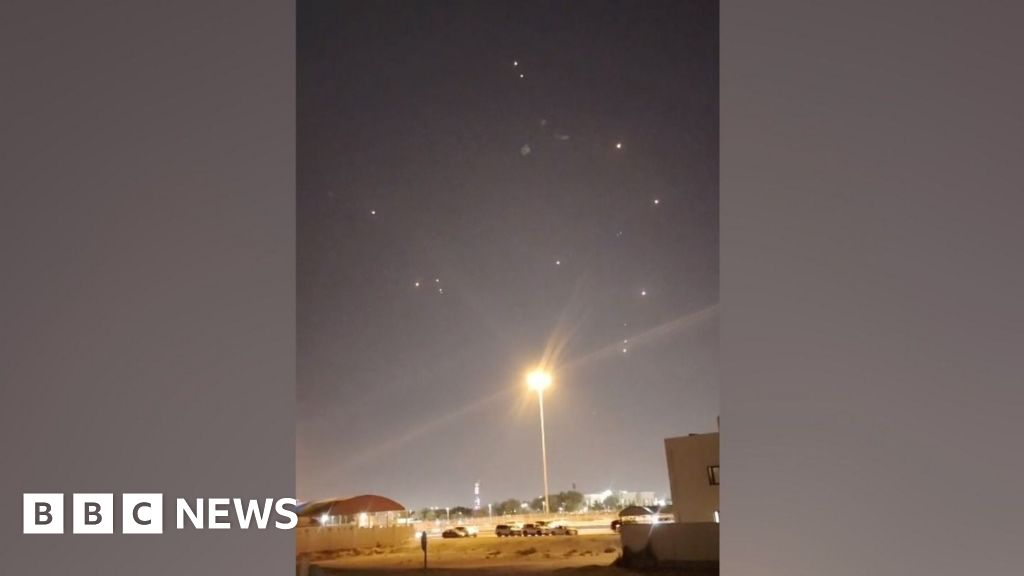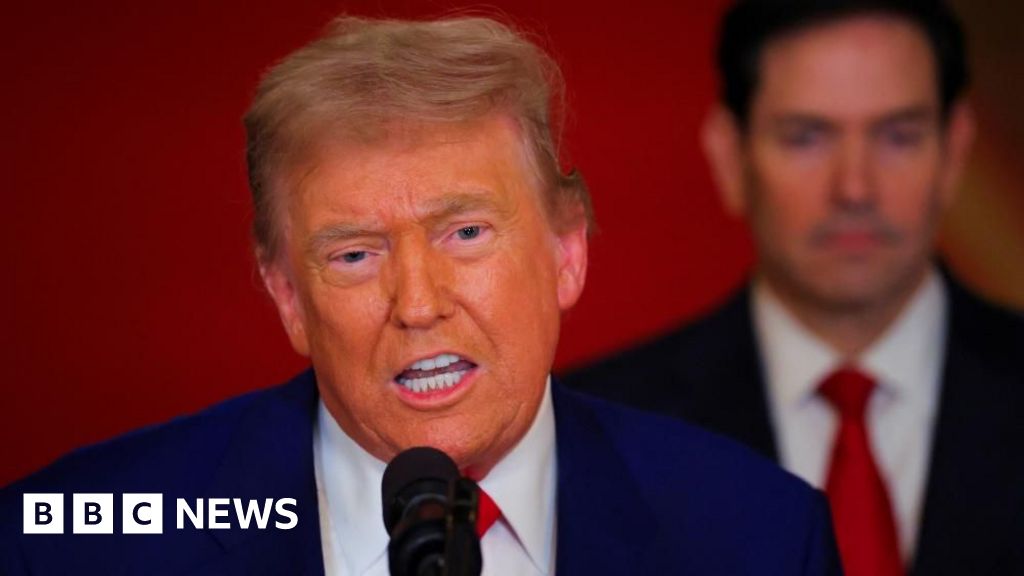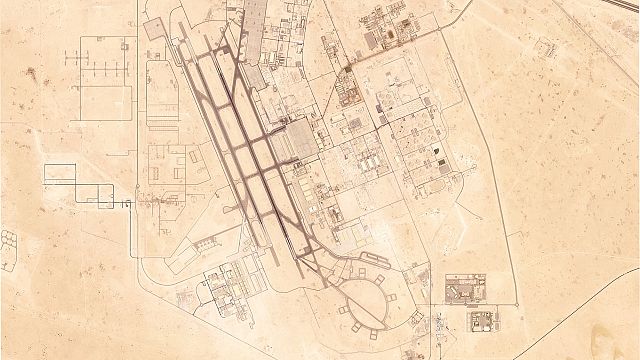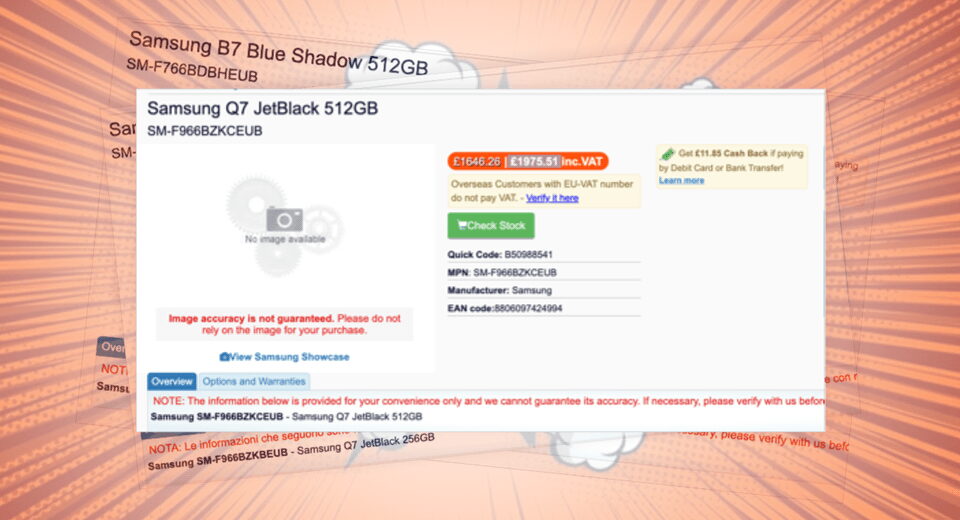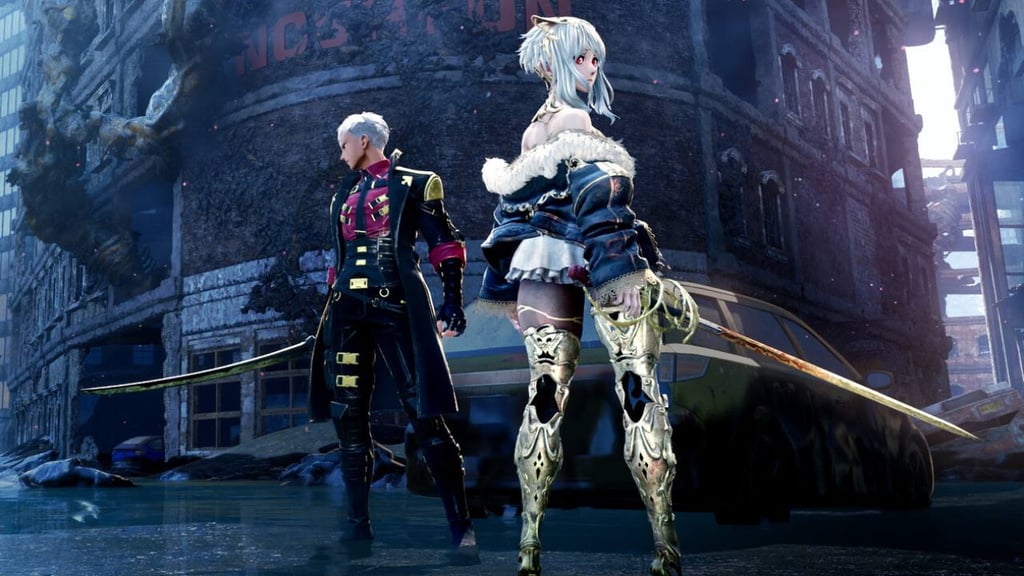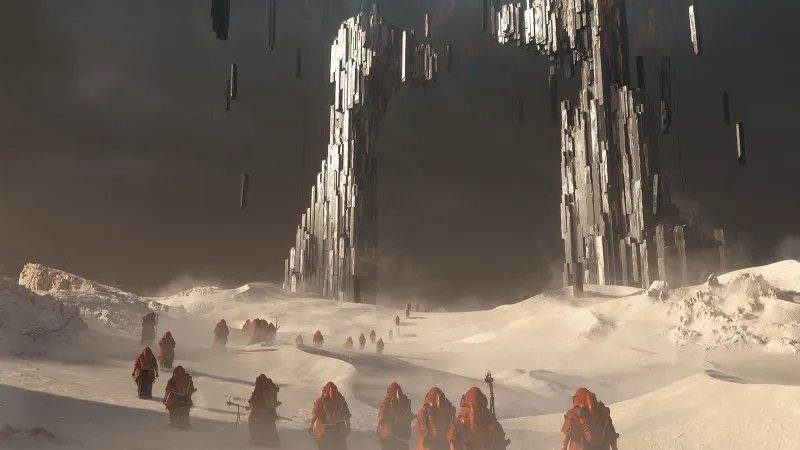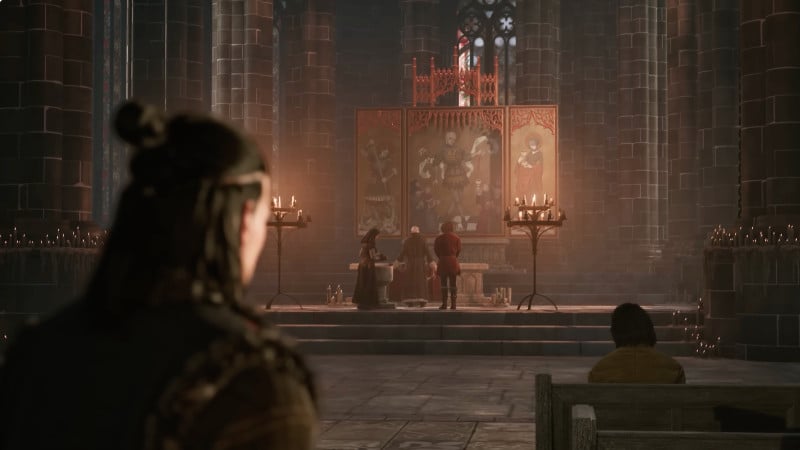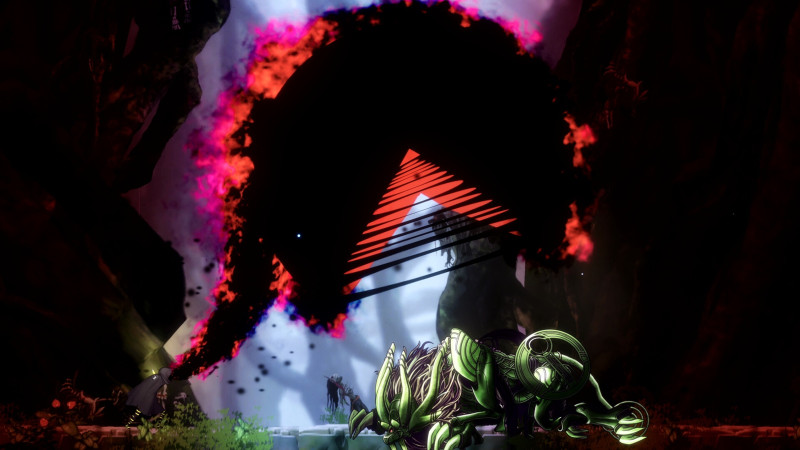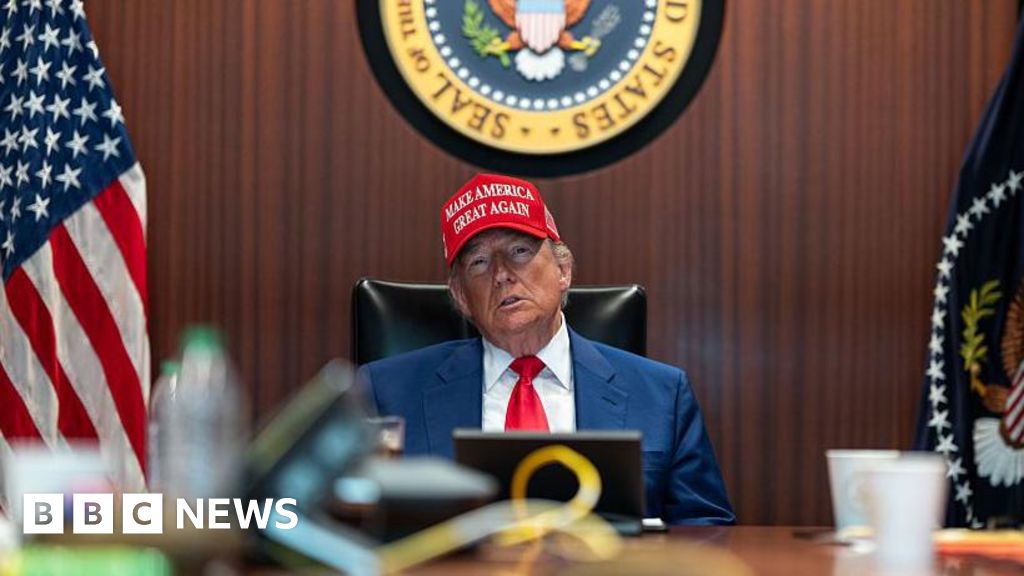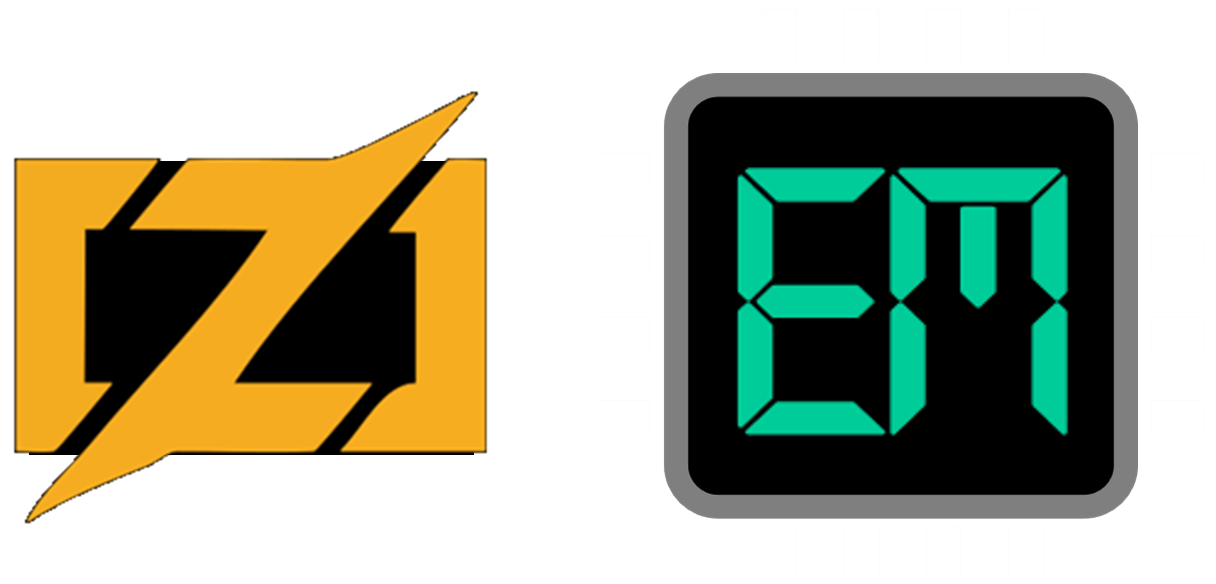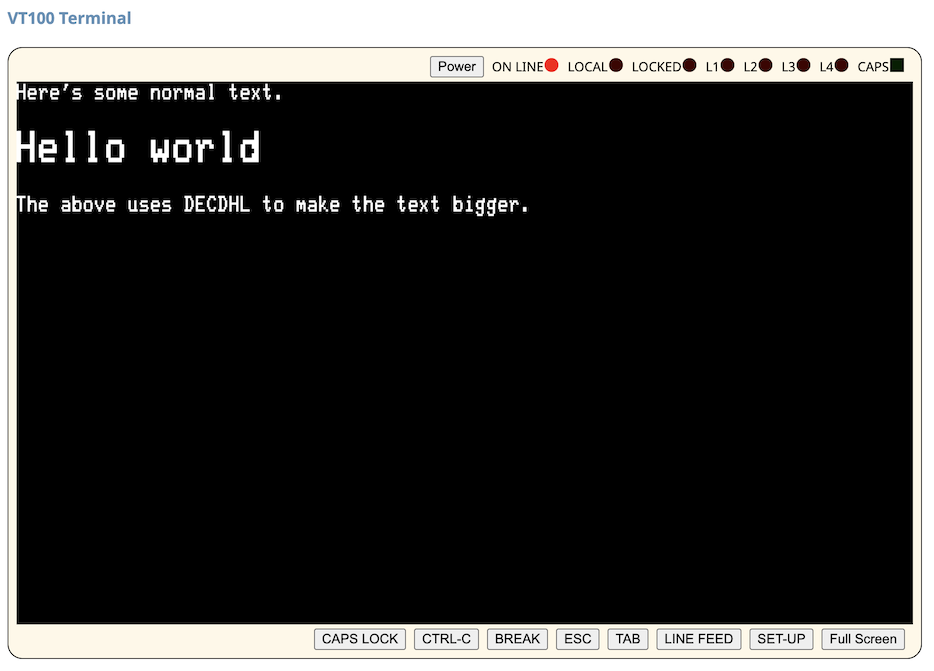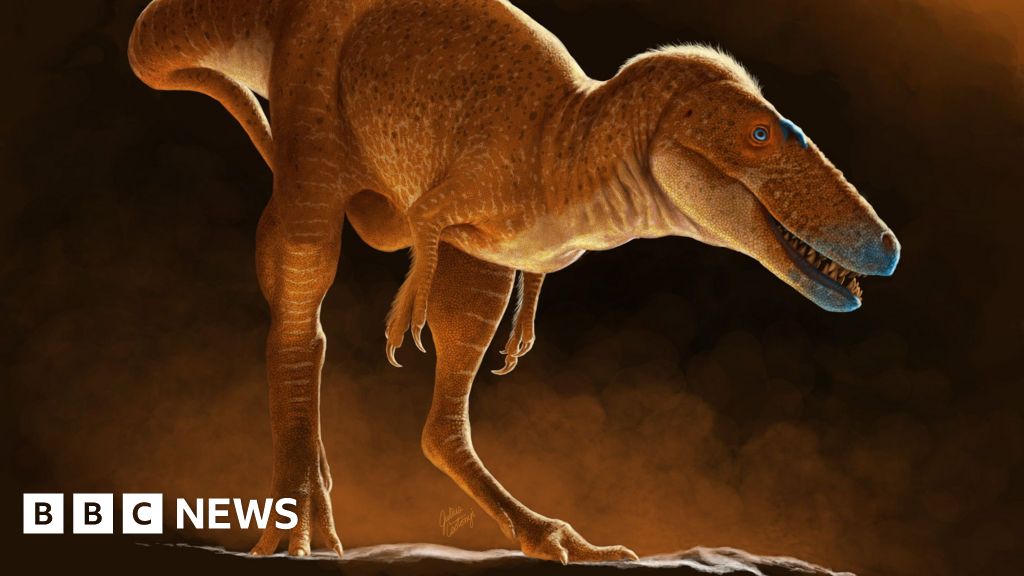Is Mathematics Mostly Chaos or Mostly Order?

Last winter, at a meeting in the Finnish wilderness high above the Arctic Circle, a group of mathematicians gathered to contemplate the fate of a mathematical universe.
It was minus 20 degrees Celsius, and while some went cross-country skiing, Juan Aguilera, a set theorist at the Vienna University of Technology, preferred to linger in the cafeteria, tearing pieces of pulla pastry and debating the nature of two new notions of infinity. The consequences, Aguilera believed, were grand. “We just don’t know what they are yet,” he said.
Infinity, counterintuitively, comes in many shapes and sizes. This has been known since the 1870s, when the German mathematician Georg Cantor proved that the set of real numbers (all the numbers on the number line) is larger than the set of whole numbers, even though both sets are infinite. (The short version: No matter how you try to match real numbers to whole numbers, you’ll always end up with more real numbers.) The two sets, Cantor argued, represented entirely different flavors of infinity and therefore had profoundly different properties.
From there, Cantor constructed larger infinities, too. He took the set of real numbers, built a new set out of all of its subsets, then proved that this new set was bigger than the original set of real numbers. And when he took all the subsets of this new set, he got an even bigger set. In this way, he built infinitely many sets, each larger than the last. He referred to the different sizes of these infinite sets as cardinal numbers (not to be confused with the ordinary cardinals 1, 2, 3…).
Set theorists have continued to define cardinals that are far more exotic and difficult to describe than Cantor’s. In doing so, they’ve discovered something surprising: These “large cardinals” fall into a surprisingly neat hierarchy. They can be clearly defined in terms of size and complexity. Together, they form a massive tower of infinities that set theorists then use to probe the boundaries of what’s mathematically possible.
But the two new cardinals that Aguilera was pondering in the Arctic cold behaved oddly. He had recently constructed them, along with Joan Bagaria of the University of Barcelona and Philipp Lücke of the University of Hamburg, only to find that they didn’t quite fit into the usual hierarchy. Instead, they “exploded,” Aguilera said, creating a new class of infinities that their colleagues hadn’t bargained on — and implying that far more chaos abounds in mathematics than expected.
It’s a provocative claim. The prospect is, to some, exciting. “I love this paper,” said Toby Meadows, a logician and philosopher at the University of California, Irvine. “It seems like real progress — a really interesting insight that we didn’t have before.”
But it’s also difficult to really know whether the claim is true. That’s the nature of studying infinity. If mathematics is a tapestry sewn together by traditional assumptions that everyone agrees on, the higher reaches of the infinite are its tattered fringes. Set theorists working in these extreme areas operate in a space where the traditional axioms used to write mathematical proofs do not always apply, and where new axioms must be written — and often break down.
Up here, most questions are fundamentally unprovable, and uncertainty reigns. And so to some, the new cardinals don’t change anything. “I don’t buy it at all,” said Hugh Woodin, a set theorist at Harvard University who is currently leading the quest to fully define the mathematical universe. Woodin was Bagaria’s doctoral adviser 35 years ago and Aguilera’s in the 2010s. But his students are cutting their own path through infinity’s thickets. “Your children grow up and defy you,” Woodin said.
The Universes of Set Theory
Most mathematicians don’t concern themselves with these kinds of questions. They work with a set of nine assumptions, or axioms, about how sets behave, known as ZFC — “Zermelo-Fraenkel set theory with the axiom of choice.” These nine rules can’t be proved. Mathematicians have simply agreed that they provide a natural foundation for the rest of mathematics. From them, mathematicians build up rigorous proofs of all their conjectures.
But in 1931, the German mathematician Kurt Gödel demonstrated that any interesting system of mathematical axioms is doomed to incompleteness. There will always be true statements that can’t be proved. To prove those true statements, mathematicians would have to add a new axiom. But then this longer list of axioms would also lead to true but unprovable statements. And so on. Anyone who wants to prove all the possible statements in the mathematical universe will be forced to keep creating new axiomatic systems forever.
This means that the mathematical universe, which mathematicians often call V, is fundamentally unknowable. But set theorists want to describe it as closely as possible — to create model universes that resemble the real one while being easier to study. These models provide mathematicians with the extra axioms they need to prove those elusive statements about “smaller” axiomatic systems (like ZFC) while giving them confidence that the extra axioms they’re using aren’t arbitrary. “As you strengthen these theories, you end up making low-level mathematics more concrete. It firms up,” Meadows said.
Gödel provided a starting point. He built a model, which he called L, by beginning with the empty set (which is what it sounds like) and iteratively constructing bigger sets from there. The model was a good one and easy to work with, but it was also partial. It didn’t include the large cardinals — those stranger infinities that can’t be constructed using the same methods as Cantor’s. (L is therefore referred to as an “inner” model of V, because it lives inside the bigger universe.)
Set theorists aim to expand this picture. Throughout the 20th century, they defined more large cardinals, with names like strong, compact, supercompact and huge. Each new definition requires the creation of a new axiom; set theorists then hope to show that this new axiom is consistent with ZFC, that it doesn’t violate the most fundamental rules of mathematics.
These large cardinals also seem to form a surprisingly neat hierarchy, a true tower of infinities. Each large cardinal is much, much larger than the one below it, for example, and the axiom that defines it can be used to prove far more statements than the axioms that define lower cardinals. Moreover, due to this hierarchy, if mathematicians can show that one large cardinal is consistent with ZFC, it will imply the consistency of all the cardinals below it in the tower. “You might think, ‘Oh, it’s just going to be complete chaos.’ But it doesn’t seem to be,” Meadows said.
Whenever a new cardinal is added to the tower, proving its consistency also requires the development of a larger, more sophisticated inner model. “You put in there just the minimum number of things that are necessary so that in the final model, your large cardinal will exist,” Bagaria said. With each new model, the defined mathematical universe expands.
Hugh Woodin has an audacious plan to map V, the entire mathematical universe.
Courtesy of Hugh Woodin

For Woodin, the dream is to build an inner model that truly approximates V and therefore includes all the large cardinals. He calls it “Ultimate L.” It might seem like a hopeless task — after all, because of Gödel’s incompleteness results, it should require the construction of infinitely many inner models, each one containing yet another indescribably large cardinal.
But 20 years ago, Woodin discovered a shortcut: You don’t have to build inner models for all of the large cardinals. Reach a certain point in the hierarchy — the large cardinal called “supercompact” — and the model inherits all the large cardinals above it. “You get everything,” Woodin said. “Magic happens.”
But his plan to build Ultimate L relies on the mathematical universe being nicely structured, with the large cardinals forming a neat, hierarchical tower. In mathematical parlance, they must be “hereditarily ordinal definable,” or HOD.
Woodin mapped out two possibilities. “V is either very close to HOD or very far from HOD,” Bagaria said. “There’s no middle ground.” If you could find one thing that broke the hierarchical model, many other things likely would break it as well; chaos would reign. “Maybe the universe does contain many things that are not definable,” Aguilera said.
But Woodin conjectured that the first option — that V is nicely structured, with a definable tower of cardinals — is correct. So far, the evidence suggests he’s right. No one has been able to find a large cardinal that doesn’t fit into the tower while staying consistent with ZFC.
Now Aguilera and his collaborators are complicating the picture.
Order Versus Chaos
There’s some circumstantial evidence in favor of mathematical chaos. For one thing, despite many decades of work, mathematicians’ progress on the Ultimate L program has been slow. Woodin himself has experienced periods of doubt, though he currently believes that achieving Ultimate L is possible.
Set theorists have also identified very large cardinals that seem to break away from HOD, though they are extreme outliers. Defining these cardinals involves getting rid of one of the nine axioms of ZFC — the so-called axiom of choice. Throwing out a fundamental axiom is not, to many mathematicians, an appealing approach.
What's Your Reaction?
 Like
0
Like
0
 Dislike
0
Dislike
0
 Love
0
Love
0
 Funny
0
Funny
0
 Angry
0
Angry
0
 Sad
0
Sad
0
 Wow
0
Wow
0
